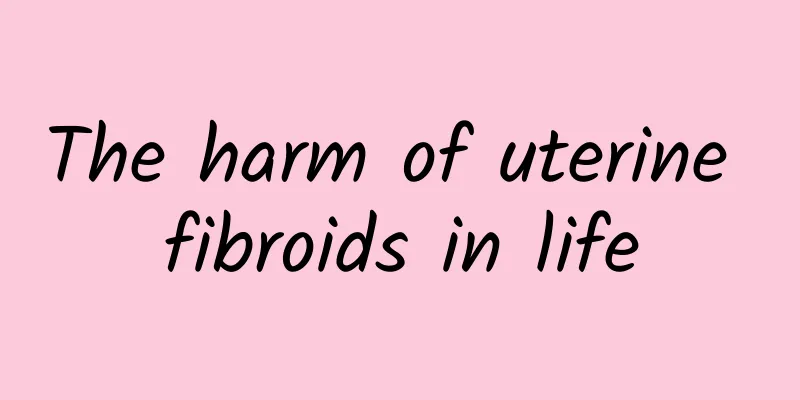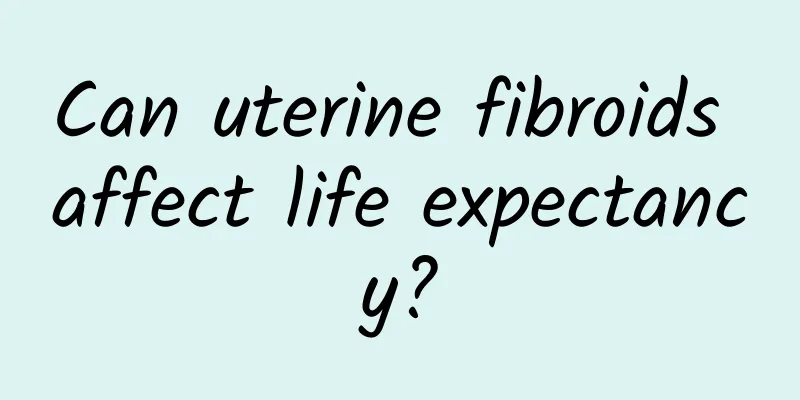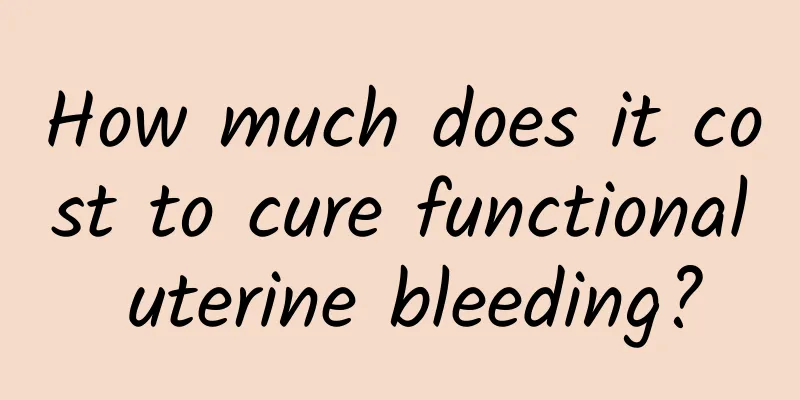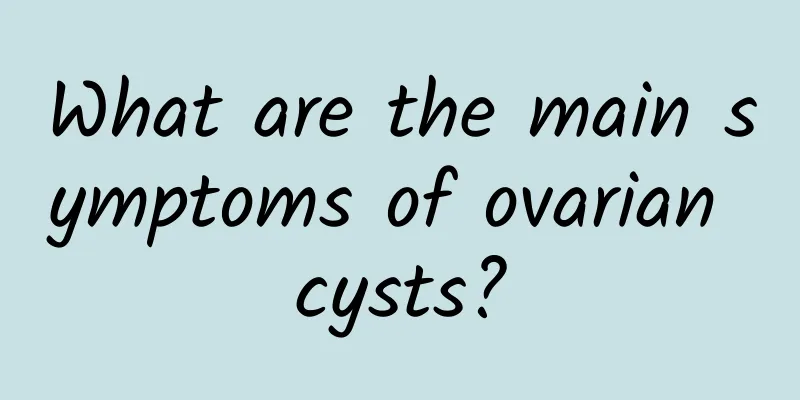How to treat cervical cysts and ovarian cysts quickly
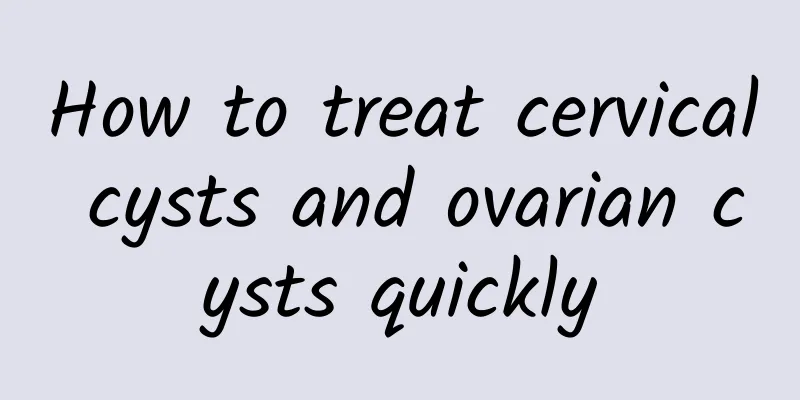
|
Treatments for cervical cysts and ovarian cysts include medication, surgery, and lifestyle adjustments. The specific choice depends on the type of cyst and the severity of the condition. After the diagnosis is confirmed, the doctor will develop a personalized treatment plan based on the patient's condition to help speed up recovery. 1. Drug treatment: For smaller cysts with less obvious symptoms, drug treatment is the first choice. For cervical cysts, commonly used drugs include antibiotics such as metronidazole or levofloxacin to control infection; for ovarian cysts, oral contraceptives such as Diane-35 or Yasmin can be used to regulate hormone levels and promote cyst absorption. Traditional Chinese medicine such as Guizhi Fuling Pills or Danggui Shaoyao Powder can also assist in conditioning. 2. Surgical treatment: For larger cysts with obvious symptoms or the risk of malignant transformation, surgery is a necessary treatment. For cervical cysts, cervical electrosurgical resection or laser treatment can be used to directly remove the cyst at the cervix; for ovarian cysts, laparoscopic minimally invasive surgery or laparotomy can be used, depending on the nature and location of the cyst. For complex or suspected malignant cases, rapid pathological examination is required during surgery to confirm the diagnosis. 3. Lifestyle adjustment: Healthy living habits can help speed up recovery and prevent recurrence. Avoid spicy and irritating foods, and eat more foods rich in vitamins and fiber, such as fresh fruits and vegetables and whole grains, to promote body metabolism. Maintain a regular work and rest schedule, avoid staying up late and overwork. Moderate exercise, such as yoga or walking, can help improve pelvic blood circulation and enhance immunity. Regular review and follow-up are key. Early detection and treatment of problems can effectively control the disease. The treatment of cervical cysts and ovarian cysts needs to be tailored to the specific situation. Drug treatment is suitable for mild cases, and surgical treatment is for severe or high-risk cases. At the same time, combined with lifestyle adjustments and regular check-ups, it can help patients recover faster. For complex cases, it is recommended to seek detailed evaluation and guidance from professional doctors to ensure the safety and effectiveness of treatment. |
<<: Is it easy to treat anemia caused by uterine fibroids?
>>: Is it normal to still feel pain after Bartholinitis swelling subsides?
Recommend
How much does it cost to have an abortion?
There are many types of painless abortion. Visibl...
What are the symptoms of multiple uterine fibroids? Is the incidence of multiple uterine fibroids high?
What are the early symptoms of multiple uterine f...
What are the reactions of right ovarian cyst
What are the reactions of right ovarian cyst? Rig...
What medicine is better for uterine fibroids during menstruation? What medicine is better for uterine fibroids during menstruation?
What medicine is better for uterine fibroids duri...
How to check for pelvic inflammatory disease
Pelvic inflammatory disease is a common gynecolog...
To prevent a large waistline, pay attention to these three types of dinner combinations
For many busy office workers, the most relaxing t...
Are multiple ovarian cysts serious? How should they be treated?
Are multiple ovarian cysts serious? How should th...
What causes thick endometrium?
The endometrium is also very important to the hea...
What is the difference between chronic cervicitis and acute cervicitis
There are significant differences between chronic...
Is 1.4cm of pelvic fluid in the dark area serious?
Pelvic effusion with a 1.4 cm dark area is relati...
Brief analysis of the causes of chronic pelvic inflammatory disease
Chronic pelvic inflammatory disease is a common t...
3 cooking methods to prevent obesity and lower blood sugar with anthocyanins without wasting nutrients
Office workers are under great pressure in life, ...
Traditional Chinese medicine hemostatic prescription for treating uterine fibroids
Traditional Chinese medicine believes that excess...
Do ovarian cysts need treatment?
Ovarian cysts are divided into physiological ovar...
What to do if the cost of treating hyperprolactinemia is too high
What should I do if the cost of treating hyperpro...

